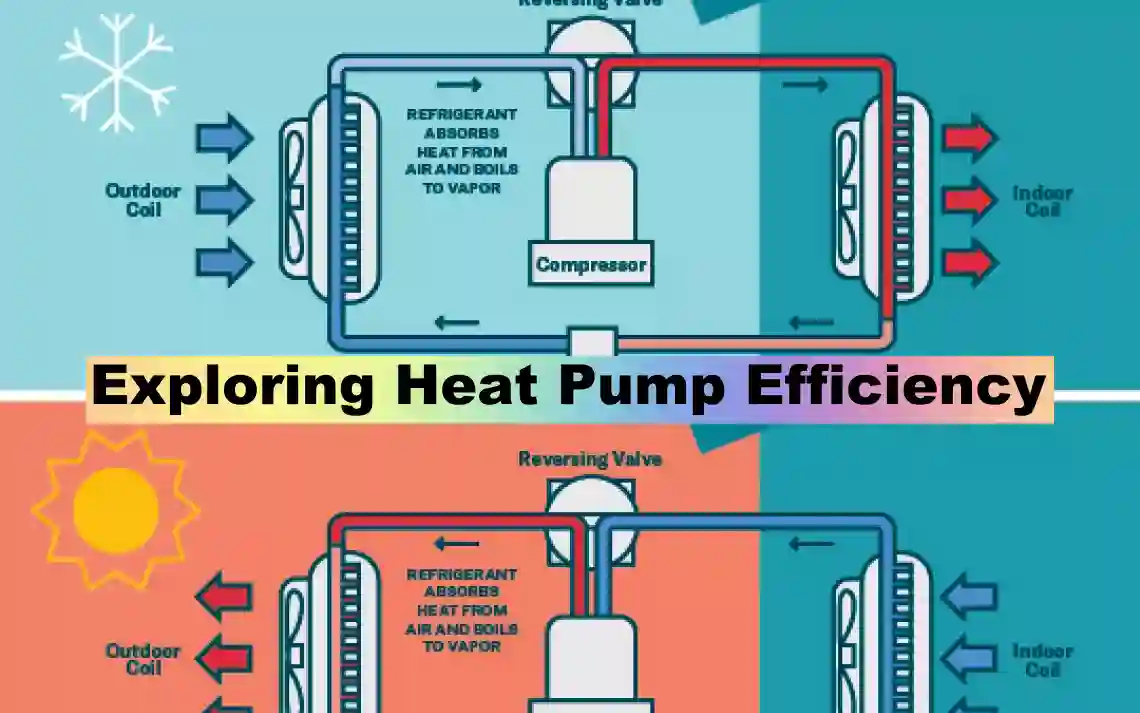Virtual appointments for canadians ONLY!
Exploring Heat Pump Efficiency: A Comprehensive Analysis

Traditional heating systems, like furnaces and boilers, have long dominated the residential heating landscape, relying on the combustion of fossil fuels such as natural gas or heating oil. However, despite decades of advancements, these systems often fall short of achieving optimal efficiency, leaving substantial energy potential untapped.
In contrast, heat pumps represent a paradigm shift in heating technology. Operating on the principle of transferring thermal energy rather than generating it through combustion, heat pumps offer unparalleled efficiency and environmental friendliness. By utilizing electricity to move heat from one location to another, heat pumps can achieve efficiencies well above 100%, making them an attractive option for eco-conscious homeowners seeking to reduce their carbon footprint and energy bills.
Understanding the Dynamics of Heat Pump Efficiency:
The efficiency of a heat pump system hinges on various factors, chief among them being the temperature differentials between the heat source and heat sink. Just as cycling uphill requires more effort than coasting downhill, greater temperature disparities between these two points can affect a heat pump’s efficiency. Additionally, factors such as system size, insulation levels, and climate conditions play pivotal roles in determining overall efficiency and performance.
Delving into Efficiency Metrics:
Manufacturers utilize a plethora of efficiency metrics to quantify the performance of heat pump systems, providing consumers with valuable insights into their capabilities. Some commonly used metrics include:
- Coefficient of Performance (COP): This metric compares the heat pump’s thermal energy output to the electrical energy input, with higher COP values indicating greater efficiency.
- Energy Efficiency Ratio (EER): Similar to COP, EER measures the cooling efficiency of a heat pump under steady-state conditions, providing valuable information for cooling-focused applications.
- Heating Seasonal Performance Factor (HSPF): HSPF offers a comprehensive view of a heat pump’s heating efficiency over an entire heating season, accounting for real-world variations in outdoor temperatures.
- Seasonal Energy Efficiency Ratio (SEER): SEER quantifies the cooling efficiency of a heat pump across the entirety of the cooling season, taking into account fluctuations in summer temperatures.
Conclusion:
In conclusion, heat pumps represent a cutting-edge solution for efficient and sustainable home heating and cooling. By harnessing the power of thermal energy transfer and leveraging advanced technology, heat pumps offer homeowners unprecedented levels of comfort and energy savings. With careful consideration of factors such as temperature differentials, system size, and efficiency ratings, homeowners can make informed decisions to optimize their heating and cooling systems, reducing energy consumption and environmental impact for a greener future.







